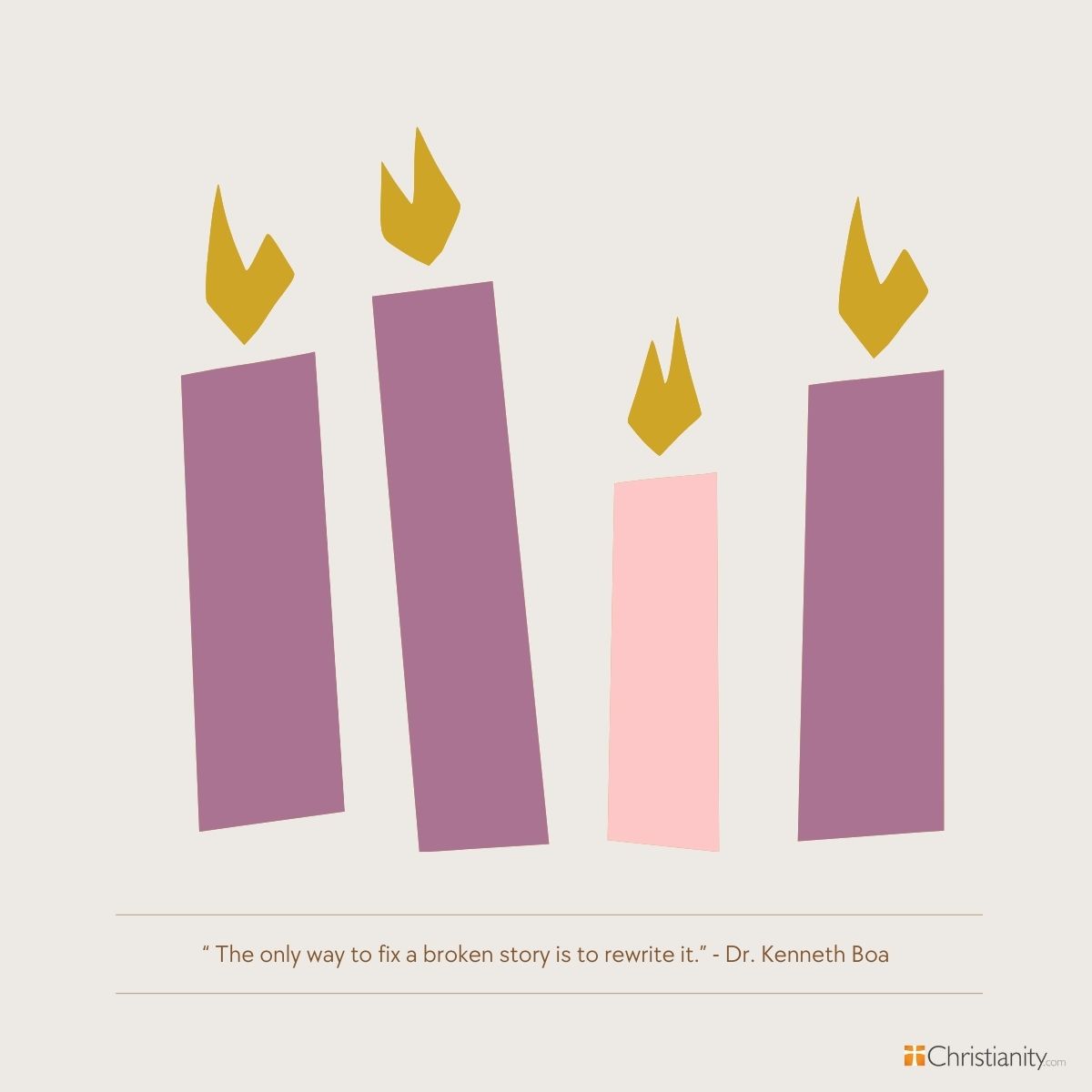Most of us know about It’s a Wonderful Life because of a clerical error. Not only did the film tank at the box office. Its 28-year copyright protection was not renewed, making it part of the public domain. As a result, television stations began to air the movie for free on a routine basis. Thus, It’s a Wonderful Life was resurrected for new generations of viewers who cherished the film as the great achievement it is. In a striking instance of life imitating art, a film now widely regarded as a classic was rescued from oblivion by its friends—a turn of events that parallels the life of its hero, George Bailey.
Frank Capra, the film’s director, was himself a household name at the time, having made such popular titles as It Happened One Night and Mr. Deeds Goes to Town. Some of Capra’s critics christened these feel-good tales “Capracorns.” Unsurprisingly, It’s a Wonderful Life met with a similar fate, with many critics lambasting its sentimentality. James Agee, arguably one of cinema’s finest critics, openly despised the film.
What Is 'It's a Wonderful Life' About?
For all its warmth and sentimentality, however, It’s a Wonderful Life is also a tough film. Early in the film, a young George stops a distraught druggist (his boss at the time) from making a fatal mistake by mixing up a prescription. His initial response to his young employee’s protests is hostile, and he hits George repeatedly in the head, causing blood to gush from his ear. When he realizes his mistake, he crumbles to the ground, expressing deep remorse. The years have not softened these scenes.

From the start, George Bailey is also portrayed as a flawed man. While it’s true that he leads a life of self-sacrifice, he’s also bitter about being robbed of the ability to travel and see the world. Portrayed with panache by James Stuart, one of the first scenes to really drive home Bailey’s sense of being cheated out of the life he so earnestly desires involves an interaction with his soon-to-be-wife, Mary. Mary is already deeply in love with George, and when he recognizes his own feelings for her, his reaction is angry and aggressive. Shaking her violently, he yells, “I don’t want to get married to anyone, ever! Do you understand that!” before eventually embracing and kissing her passionately. It’s a jarring scene, and there’s nothing sentimental about it. We’re also clued into George’s deep inner conflict—his abiding sense of resentment and fear that his devotion to others has cheated him out of the life he’s always wanted.
In the film’s moment of crisis, we see that he resents the fixer-upper home and large family that has kept him tied to the sleepy little town of Bedford Falls. Like so many of us, he doesn’t recognize the riches of the relationships with which he has been blessed. In a scene that’s still difficult to watch, he suffers a complete breakdown in front of his family. His wife is dismayed, and his children are gaped in fear. He absconds from the family home and attempts suicide by leaping from a bridge into an icy river. A Hallmark movie, this is not.
In my book Rewriting Your Broken Story, I argue that the only way to fix a broken story is to rewrite it. And the only way to successfully rewrite a broken story is to embed it in the story of the life, death, and resurrection of Jesus Christ—the greatest story ever told. It’s a Wonderful Life is not an expressly Christian film, but it does relay some of the eternal verities of Christianity. Specifically, the film makes clear that relationships are the currency of heaven and that selflessness is at the heart of the good life. George Bailey comes to recognize his own wealth in these terms by the film’s end.
The ingenious plot device is well known by this point. A fledgling angel (Gabriel) is deployed to rescue George. If he’s able to turn things around for George, Gabriel will earn his wings. When George confesses that he wishes he’d never been born, Gabriel grants the wish. With George Bailey’s existence erased, Bedford Falls and, indeed, the world is profoundly changed. George’s younger brother is dead because George wasn’t there to rescue him from falling through the ice in a childhood sledding accident. His druggist boss, Mr. Gower, is a hopeless alcoholic, having been ruined by the error that George had intercepted. Mary, his wife, is a spinster who works in the local library. Most dramatically, Bedford Falls is now “Pottersville,” a kind of modern-day Vanity Fair engineered by the villainous local magnate, Mr. Potter. (Robert Zemeckis and screenwriter Bob Gale would borrow this plot twist for Back to the Future II.)
The end result of Gabriel’s supernatural thought experiment is that George Bailey comes to his senses, seeing firsthand the significance of the life he’s lived. True, it hasn’t turned out the way he thought it would, but in putting others before himself, he hasn’t been cheated of some great destiny. He’s gained a wealth of relationships that have enriched his life beyond words. Hence, the unforgettable lines, “I wanna live again! I wanna live again!”
Why Is 'It's a Wonderful Life' Relevant to Our Lives Today?
Paul writes in II Thessalonians 2:19-20:
“For what is our hope or joy or crown of boasting before our Lord Jesus at His coming? Is it not you? For you are our glory and joy.”
The apostle is telling us that the people he has been privileged to serve and pour into are his reward. In the film’s final scene, George huddles in his living room with his family while all the people he’s poured into over the years file in, cheerfully giving to him in his time of need. Yes, this is just a movie, but in a scene like this, we also catch a heavenly glimpse, for heaven is the stuff of other-centered people who are redeemed. This Advent season, may we know the joy of pouring into others and recognize those shimmers of heaven in our midst.
Photo Credit: ©iStock/Getty Images Plus/Tatiana Dvoretskaya

Kenneth Boa equips people to love well (being), learn well (knowing), and live well (doing). He is a writer, teacher, speaker, and mentor and is the President of Reflections Ministries, The Museum of Created Beauty, and Trinity House Publishers.
Publications by Dr. Boa include Conformed to His Image, Handbook to Prayer, Handbook to Leadership, Faith Has Its Reasons, Rewriting Your Broken Story, Life in the Presence of God, Leverage, and Recalibrate Your Life.
Dr. Boa holds a B.S. from Case Institute of Technology, a Th.M. from Dallas Theological Seminary, a Ph.D. from New York University, and a D.Phil. from the University of Oxford in England.


.jpg)
